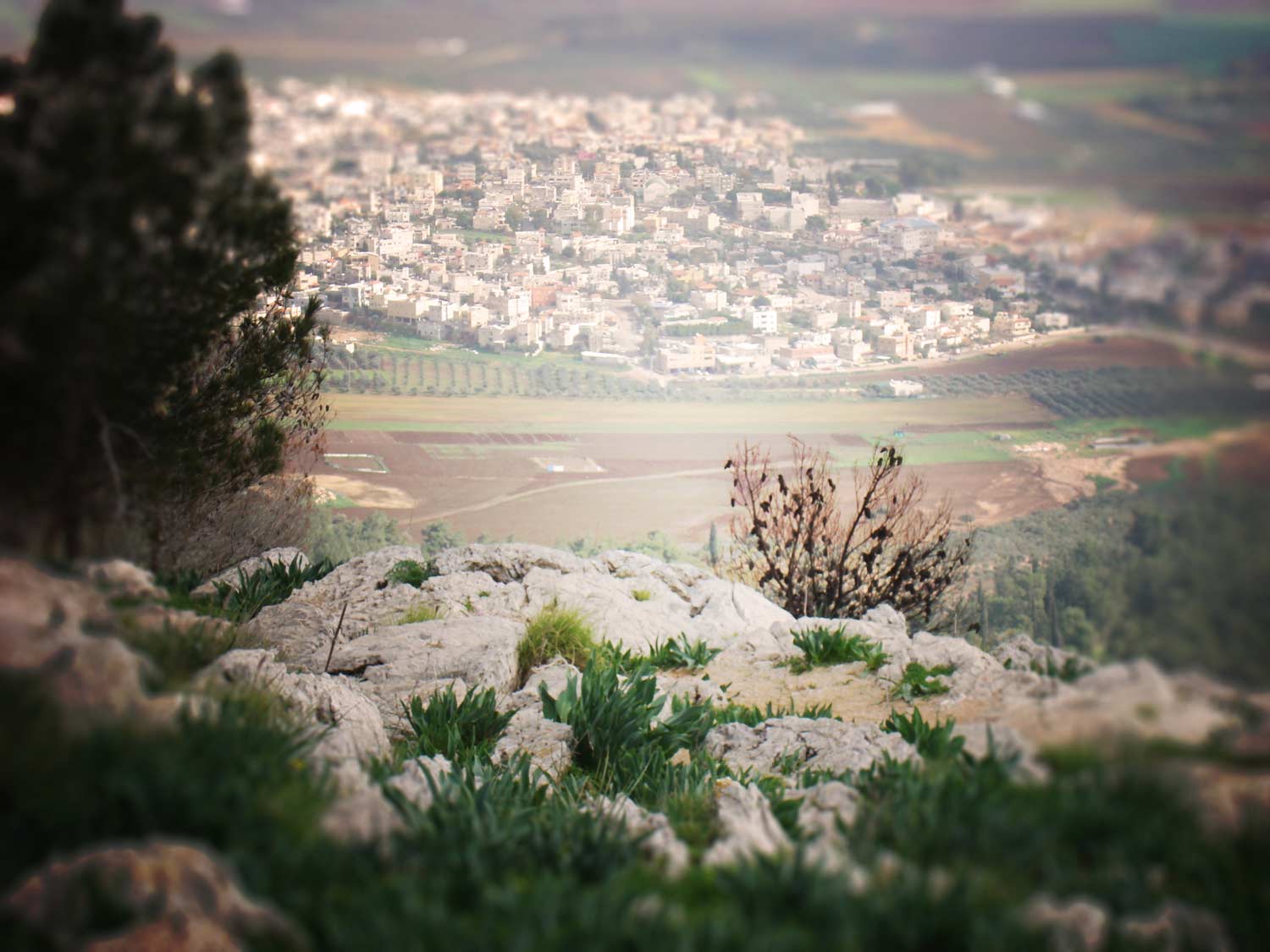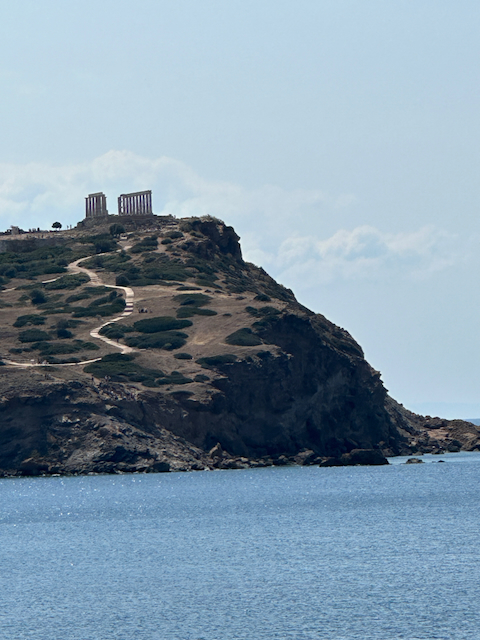Exegesis of Genesis 1: The Beginning of Creation
Genesis 1 is the foundational chapter of the Bible, presenting God’s creative work in establishing the heavens and the earth. This chapter not only describes creation but sets the theological framework for understanding God’s sovereignty, the nature of humanity, and the anticipation of redemption.
15-Point Detailed Analysis of Genesis 1
1. The Sovereign Speaker (Gen. 1:1-3)
- “In the beginning, God created” introduces the Creator as the sovereign originator of all things.
- This refutes atheism (God exists), polytheism (one Creator, not many gods), and materialism (matter is not eternal).
- Creation ex nihilo (out of nothing) emphasizes God’s power.
- “Let there be light” shows divine command and creative authority.
2. The Structure of the Six Days (Gen. 1:3-31)
- The chapter follows a structured framework: forming and filling.
- Days 1-3 establish spaces (light, sky/waters, land/vegetation).
- Days 4-6 fill these spaces (sun/moon/stars, birds/fish, animals/humans).
- The order displays divine wisdom, not chaos.
3. The Light of the World (Gen. 1:3-5)
- Light is created before the sun, indicating divine illumination.
- Symbolically foreshadows Jesus as the “Light of the World” (John 8:12).
- Separation of light and darkness represents order and distinction.
- Light is called “good,” affirming God’s creation as perfect.
4. The Firmament and Separation (Gen. 1:6-8)
- God creates the sky, separating waters above and below.
- Ancient cosmology viewed this as a protective barrier.
- The sky represents God’s provision and order.
- Separation establishes boundaries, a key theme in creation.
5. The Formation of Dry Land and Vegetation (Gen. 1:9-13)
- God commands land to appear, showcasing His authority over nature.
- Vegetation precedes animal life, ensuring provision.
- “According to its kind” establishes biological distinctions.
- This reflects God’s care in providing for humanity.
6. The Luminaries Placed in the Sky (Gen. 1:14-19)
- Sun, moon, and stars serve as “signs and seasons.”
- These govern time but do not possess divine power.
- A direct challenge to paganism, which worshiped celestial bodies.
- The Creator, not creation, is the focus.
7. The Waters and Skies Filled (Gen. 1:20-23)
- Fish and birds populate the waters and sky.
- God’s blessing is pronounced: “Be fruitful and multiply.”
- This is the first recorded blessing of reproduction.
- Creation is dynamic, not static, with ongoing life.
8. The Land is Filled with Life (Gen. 1:24-25)
- Animals of various kinds inhabit the earth.
- Their diversity showcases God’s creative richness.
- Each is made “according to its kind,” reinforcing divine order.
- Animals exist in harmony with creation.
9. The Pinnacle of Creation: Humanity (Gen. 1:26-28)
- Humans are made in God’s image (Imago Dei).
- The divine council (“Let us make man”) hints at the Trinity.
- Humanity is given dominion, reflecting God’s rule.
- The blessing of multiplication links humanity to God’s purpose.
10. The Distinctiveness of Mankind (Gen. 1:26-31)
- Unlike animals, humans possess moral responsibility.
- They reflect God’s attributes in creativity, reason, and relationship.
- They are created male and female, emphasizing unity in diversity.
- This sets the foundation for marriage, family, and community.
11. The Provision of Food (Gen. 1:29-30)
- Plants and fruits are given as food.
- The original diet appears to be vegetarian.
- God’s provision ensures sustenance and harmony.
- This highlights divine care for all living creatures.
12. The Completion of Creation (Gen. 1:31)
- “God saw all that He had made, and it was very good.”
- The declaration of goodness emphasizes perfection.
- Creation is fully functional, lacking nothing.
- This anticipates the restoration of a perfect world.
13. The Theological Theme of Order and Function
- The account emphasizes order, not randomness.
- Everything has a designated function.
- God’s sovereignty extends to every aspect of existence.
- This refutes the idea of purposeless evolution.
14. The Christological Foreshadowing in Genesis 1
- Christ is the Word through whom all was created (John 1:1-3).
- Jesus is the “Light” that overcomes darkness.
- The image of God in humanity finds fulfillment in Christ.
- Christ restores the fractured creation (Colossians 1:15-17).
15. The Sabbath and Creation’s Purpose (Genesis 2:1-3)
- Though introduced in chapter 2, the Sabbath completes creation.
- Rest signifies completion, not exhaustion.
- The Sabbath becomes a model for humanity.
- Jesus later fulfills the Sabbath as our eternal rest (Hebrews 4:9-10).
Theological Issues Identified in Genesis 1
- The Nature of God – Eternal, all-powerful, and sovereign.
- Creation and Purpose – Everything has an intentional design.
- The Image of God – Humanity’s distinctiveness and moral responsibility.
- Dominion and Stewardship – The call to rule and care for creation.
- Christological Fulfillment – Jesus as the Creator and Redeemer.
Summation and Conclusion
Genesis 1 presents a God who is intentional, powerful, and relational. His creation is orderly, structured, and infused with purpose. Humanity is the climax of creation, bearing God’s image. This chapter lays the foundation for biblical theology, pointing to Christ as the ultimate fulfillment of God’s plan.
The Beginning
In the silence before time,
when darkness stretched without end,
a voice, eternal and commanding,
spoke light into the void.
The heavens unfolded with wonder,
stars scattered in their place,
the sun burning with brilliance,
the moon reflecting its glow.
Waves rushed to meet the land,
boundaries drawn by unseen hands,
oceans swayed in their depths,
earth stood firm beneath the sky.
Leaves unfurled with delicate grace,
roots dug deep into fertile ground,
fruits weighed heavy on branches,
green covered the barren soil.
Winds danced across the plains,
mountains stood in solemn might,
rivers carved the valley’s shape,
all at the whisper of the Creator.
In the waters, life was teeming,
creatures moving with design,
feathers stretched in newfound flight,
wings caught the breath of the sky.
The land stirred with movement,
beasts roamed beneath the trees,
each kind shaped with intention,
none without a place to dwell.
Then from the dust, a form was shaped,
hands strong and steady breathed into being,
eyes opened to the wonder before them,
man, the reflection of his Maker.
A charge was given, a task bestowed,
to tend, to care, to name, to rule,
not with dominion for destruction,
but with hands guided by wisdom.
Companionship was woven in kindness,
from one came another, a partner,
standing together in unity,
woven into creation’s purpose.
The earth exhaled in contentment,
as the sixth day neared its close,
all was finished, nothing lacking,
the world resting in divine order.
Then came the day of sacred pause,
not in exhaustion but completion,
the Creator, satisfied and pleased,
set the seventh apart in peace.
No force opposed His decree,
no darkness could undo His word,
all stood as He declared,
a world created in love.
Yet in this vast and perfect work,
a shadow loomed unseen,
the coming weight of brokenness,
the need for grace unspoken.
But the Maker had seen beyond,
His plan was already in motion,
for in the beginning of all things,
there was already the promise of redemption.
“Made by His Hand”
Verse 1:
He spoke, and the world awakened,
Light shone where darkness lay,
Mountains rose, and waters parted,
Creation bowed to His way.
Verse 2:
The sun and stars in perfect rhythm,
The earth beneath our feet,
Life was formed, and breath was given,
A masterpiece complete.
Verse 3:
From dust, He shaped His image,
A life with hands to serve,
A voice to speak, a heart to follow,
Created to bring Him praise.
Verse 4:
He called it good, He blessed its purpose,
Nothing left undone,
A world prepared for love and wonder,
All declared in one.
Chorus:
Made by His hand, breathed by His word,
The world displays His might,
In Him we live, in Him we move,
Creation sings His light.
Conclusion
Genesis 1 is more than history—it is theology, identity, and destiny. It establishes God as the sovereign Creator and foreshadows Christ, the Redeemer. Everything begins with Him, and everything finds its meaning in Him.


